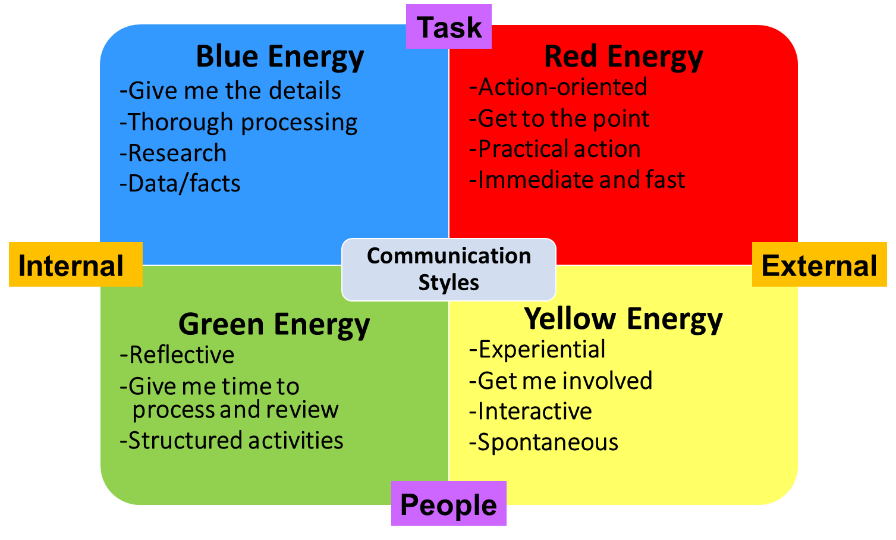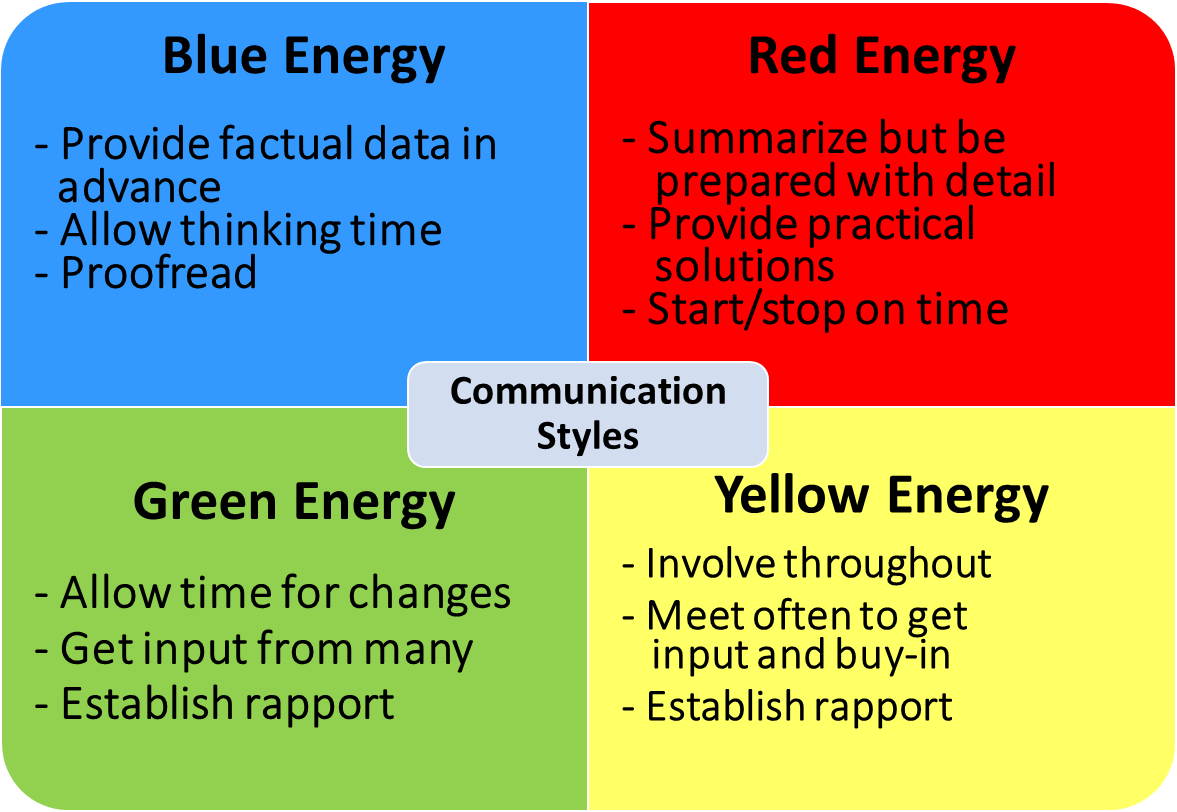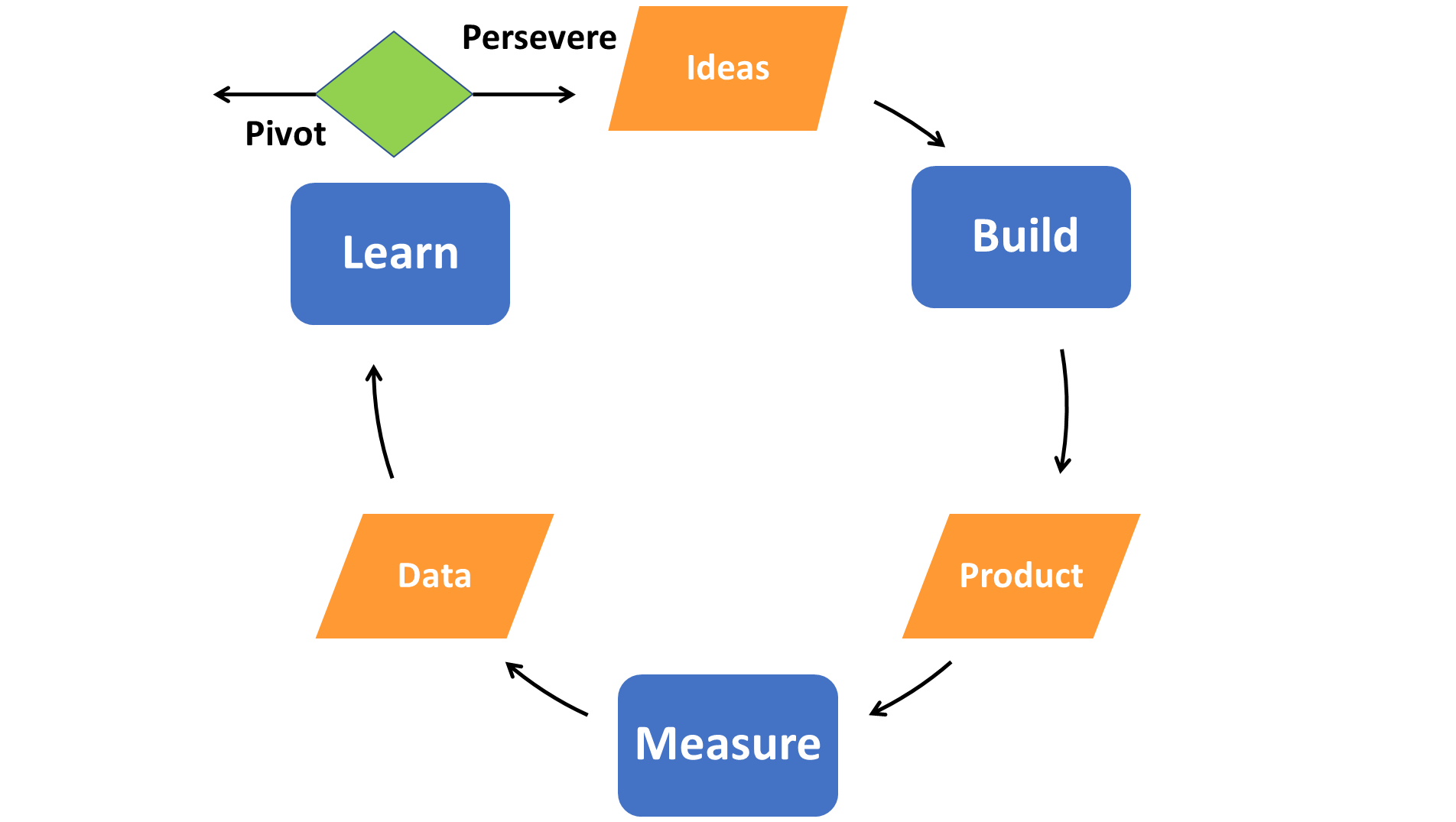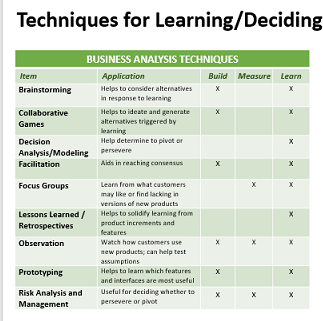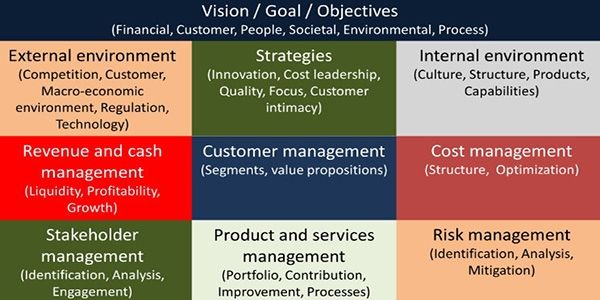Connecting the Dots: The Evolution of the Business Analyst
Last year, I witnessed a product manager trying to figure out how to best market a new product feature.
They were working with a Business Analyst (BA) to make meaning of the multitude of consumer data they gathered. They also worked with an analyst to elicit much broader marketing requirements.
At the same time, a public relations firm was hired to help rebrand the organization. The firm was also working with a BA to collect consumer perspectives on current branding and collect requirements for future branding efforts.
In both projects, the BA did what they had been trained to do. Though they knew what their peers were working on, they failed to “connect the dots.”
The Danger of Not “Connecting the Dots”
The group marketing that new product did not share their learnings with the group working on the public relations strategy. When the strategy rolled out, the analyst working with the product manager noticed some features that contradicted the consumer requirements collected. That analyst said nothing.
In most organizations, we are learning in silos.
Connecting the dots between learnings is not just for streamlining processes and ensuring efficiencies – it is necessary to nurture innovation. Leading creative and strategic projects while also teaching about innovation has validated what researchers have been telling us: innovation is about making connections.
Innovation Through Connections
Connections of information from different sources. Connecting a random idea from an accountant to another random idea from marketing to form an unusual concept. These connections seem simple, but they are not.
They require different segments of an organization to make connections with each other, and to have access to different information that may seem unrelated. There needs to be a systematic and consistent capture of learnings that is not limited to the project, but is organization-wide and ongoing.
Change your Mindset to Change Your Organization
I began to explore different models of how “mindset change” can take place within an organization.
First, mechanisms must be in place to allow for the transfer of information to happen organically. For this, organizations must adopt a continuous learning mindset.
In order to identify the best way to adopt this mindset across departments and silos, I had to identify the common variable that was in all the sessions where connections were missed. A champion of sorts, who has access to information and the skill sets to facilitate connections.
So who acts as the conduit of interdepartmental information flow? This would have to be a centralized person who can connect the dots and “hold the whole” of the organization. A journalist of sorts, that asks the right questions with unyielding perseverance to identify the right problems to solve.
The Business Analyst is a natural fit as the holder of these connections.
BAs have the skills and the access to serve as the internal journalists able to influence and shape strategy. This is especially true for older organizations with mature structures that cause silos between departments without clear collaboration points.
To be successful in such a role, the BA must explore adopting this journalist mindset. Recognizing that there is a lot of information and data, but there is one core story being told.
Perhaps most importantly, it’s their job to uncover that story – not to write it. This story is not necessarily the product solution you are seeking; it is an untold plot that only you are able to see.
Making connections is an essential BA skill to help shape modern organizations. As great entrepreneurs know, connectors get better with practice.
Exercising Forced Connections
Work on forced connections before you are able to make them organically. Fixate on an object in your environment, and use that object to solve a problem. Work on these forced connections to help pivot your brain to start making connections by default. The results can be astonishing.
Free write all the learnings that you have gathered. Are you working on separate projects, all yielding learnings that appear unrelated? Take some time to reflect on those unrelated learnings and begin to write about them nonstop. Do not censor or edit – no one is checking your grammar. Be amazed as connections begin to form without you noticing.
This next technique allows the BA to make connections in real time and I have deployed it repeatedly. After a requirement gathering elicitation session, the BA asks:
“What do I know that they don’t know?”
Is the team missing something that was uncovered in a requirements gathering session eight months ago, or are there gaps that the elicitation with marketing tomorrow could potentially fill?
Recently, I spoke with a BA who told me, “This is great and all, but I can’t keep all this information in my head. How can I reference it more frequently?”
Tools for Consistent Connection Building
I coached her on developing what I am calling a “Connection Board.”
Using a whiteboard, a blank piece of paper, or some virtual tool, draw out three columns. This is a living document that will be updated regularly.
In the first column, write “Discover.” This area is for any information that you are learning that “sticks out.” It makes you think, “Hmmm, that’s not related to this solution, but that’s interesting.”
The next column, titled “Connect”, is for any connections that can be made from the pool of information you gathered under “Discover.” Are there any “dots” that are from very different sources, but seem related?
Finally, move connections you want to investigate further into a column marked “Explore”, and uncover the story behind those connections. What questions does this connection trigger?
This can be a visual board, a chart on a white board, or a notebook entry. It should be easily accessible as a living document to train you on making those connections consistently.
These are some tools and techniques for your toolkit and, there are numerous out there on stretching and exercising your connection muscle.
To fully flex this muscle, we have to stop viewing each product or requirement gathering as a separate event. Often there are connections to be made that your organization needs, but is unaware of their existence. As a BA you have the potential to be a strategy thought leader within your organization, shaping and influencing agendas.
You will find with connection building you are able to reveal ideas that only you have the information to reveal. Working like a journalist is writing small stories – collecting evidence from each story that ultimately connect, allowing you to reveal a breakthrough story.


